Pomorskie Voivodship – Baltic’s amber
As a destination, this province is great for health resorts and spas on the Baltic Sea as well as many interesting historical sites. Highlights include the UNESCO-listed Castle of the Teutonic Order in Malbork, two national parks (Słowiński and Tuchola Forest) also cultural and historical ones, starting with the region’s capital of Gdańsk.
Pomorskie province lies in northern Poland, with the Baltic Sea on its northern border, Russia in the north-east (through the Vistula Spit), and in Poland sharing a border with four provinces: Warmińsko-Mazurskie, Kujawsko-Pomorskie, Wielkopolskie and Zachodniopomorskie. The province capital is Gdańsk, which together with Gdynia and Sopot forms a conurbation called the Tricity. Pomorskie province covers an area of over 18,300 sq. km.
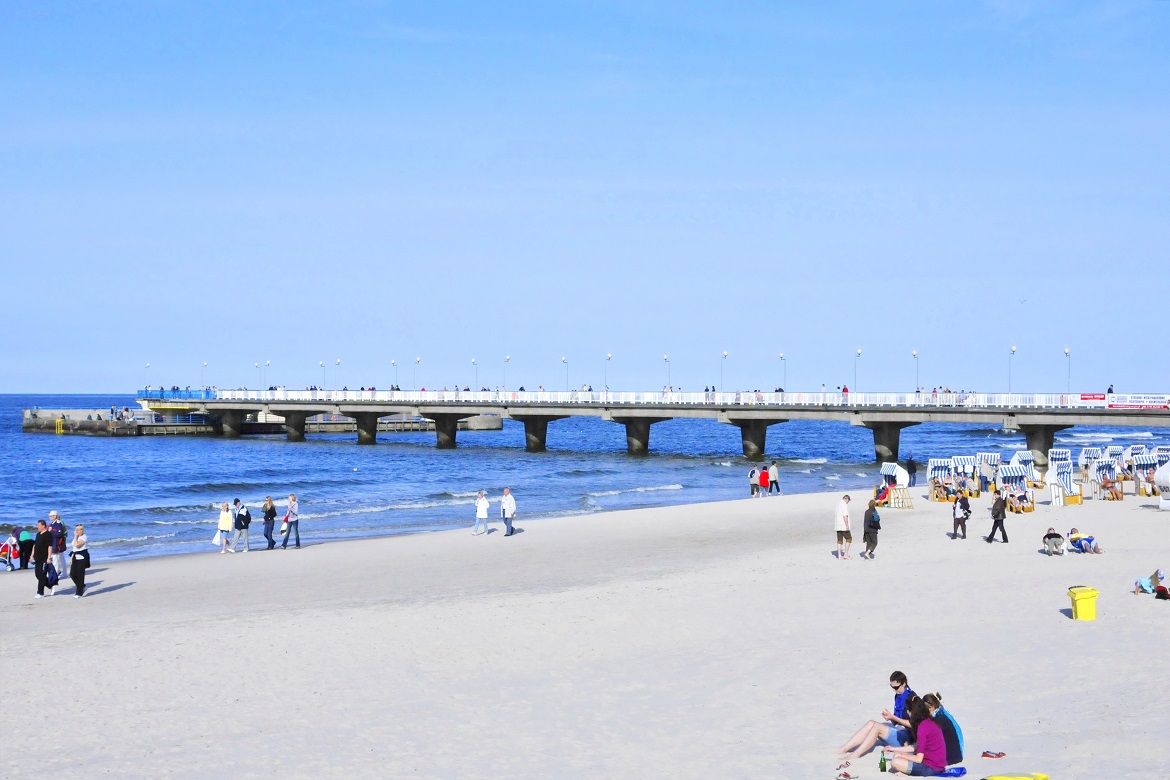
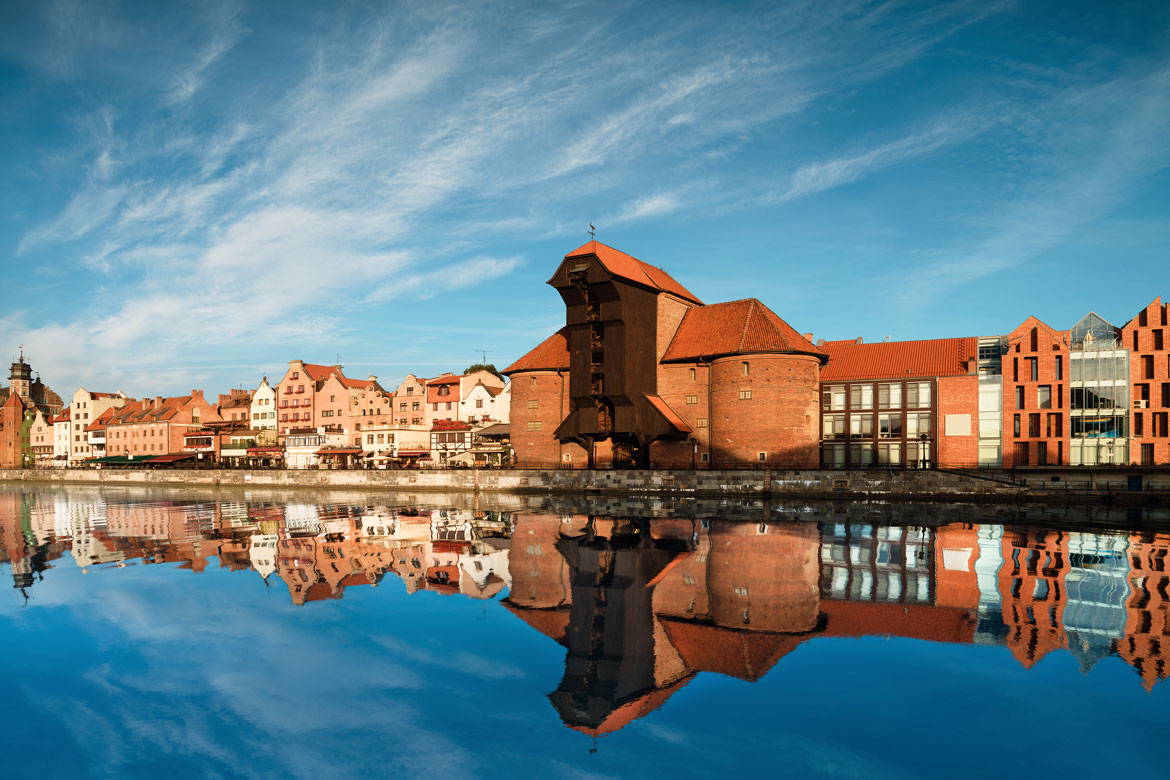
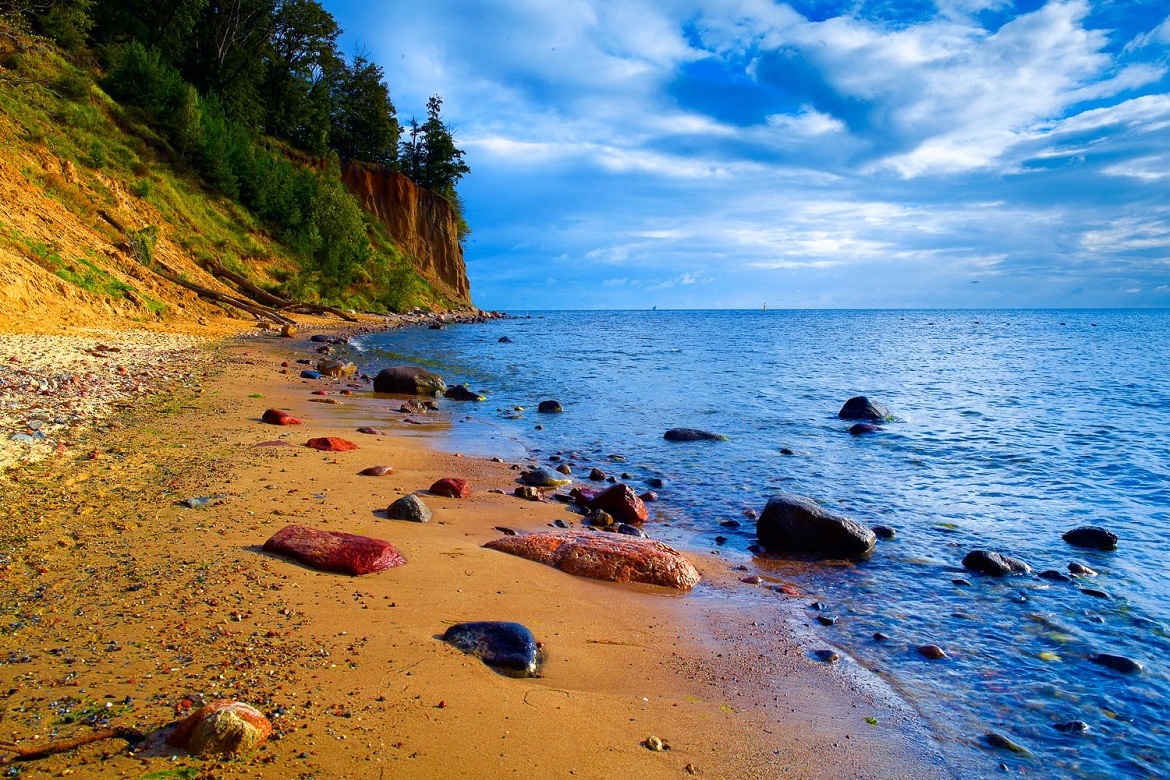
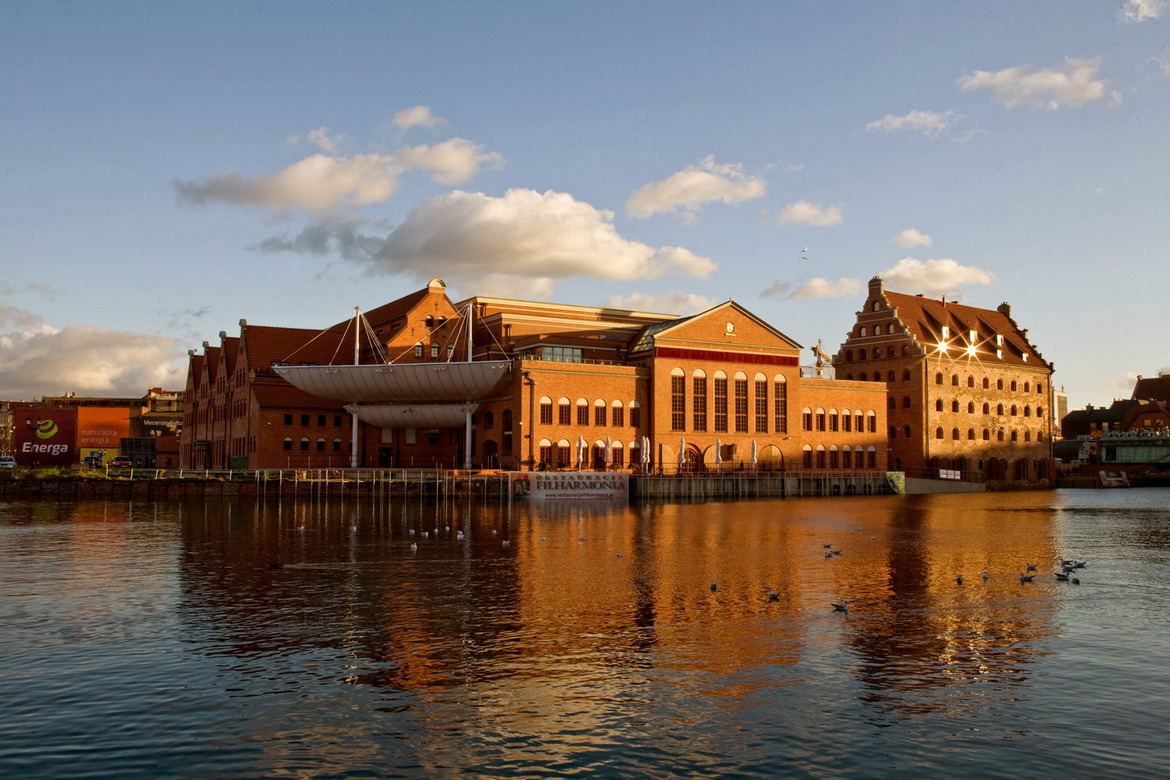
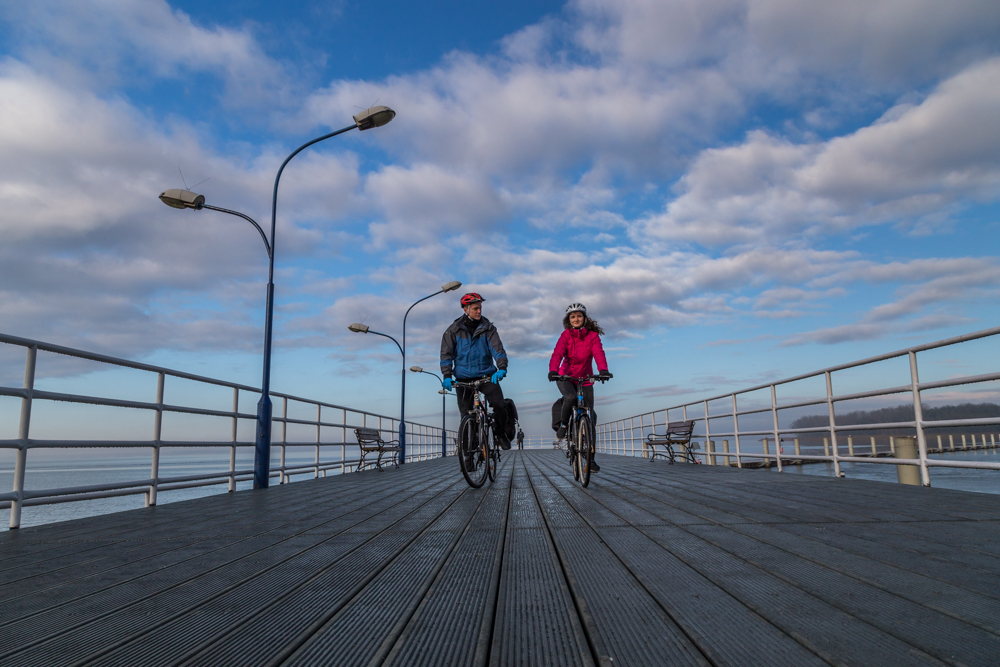
Discover Pomorskie Province!
Poland’s northernmost province has more to offer than just Baltic beaches. Birdwatching, hunting, angling, nature walks, tourist routes, cycling, canoeing, horse-riding and cross-country trails – all these attractions are to be found in Pomorskie province. One-third of its area is occupied by green areas including two national parks, nine landscape parks and 127 nature reserves. Gourmets will love Kashubian strawberries (especially during Truskawkobranie – the strawberry-picking festival), forest berries, roast goose and, naturally, Baltic herring. History enthusiasts will be enchanted by the province capital, Gdańsk, with its Main Town and Long Riverbank, and the “city from the sea” – Gdynia. In Sopot, those who like sunbathing and relaxing will enjoy the famous pier, have good fun on the “Monciak” promenade and at the annual Top of the Top Festival. Below are some places outside the Tricity definitely worth seeing in this coastal region.
What Language Did the Teutonic Knights Speak?
This is the most popular question schoolchildren ask during tours of the Castle Museum in Malbork. The former capital of the State of the Teutonic Order is presented by guides in period costumes, who reveal the secrets of the Upper Castle, the Middle Castle and the Palace of the Grand Masters. The monumental brick structure of the restored stronghold full of legends really triggers the imagination. Scenes from the film based on Henryk Sienkiewicz’s novel The Teutonic Knights were shot here. Almost genuine time travel is offered to participants during educational activities for children, calligraphy workshops, night-time tours of the castle and the annual Siege of Malbork staged by re-enactment groups.
Upside Down
In the heart of Kashubia, at the foot of Pomerania’s highest hill – Mount Wieżyca, a truly magical atmosphere can be experienced at the Regional Centre of Education and Promotion in Szymbark. Most people associate it with the Upside Down House where your sense of equilibrium goes haywire as you walk across the ceiling. An educational path in the forest leads to many unique objects: the World’s Longest Plank, the World’s Largest Concert Piano, the House of the Siberian Exile and the Kashubian Trapper House from Canada. At the centre, you can try beer made by the Kaszubska Korona Brewery as well as regional dishes, these are also offered at the Góscyńc Pod Wioldźim Dela restaurant. Tourists can spend the night at the hotel within the complex.
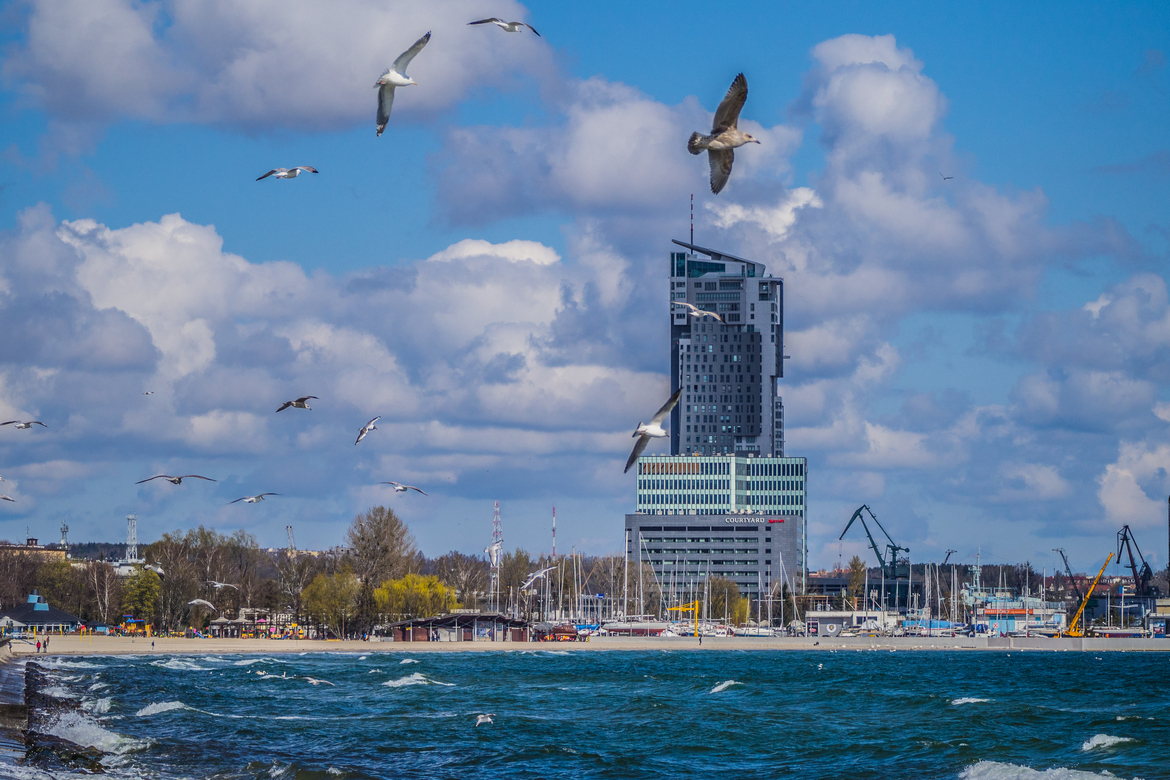
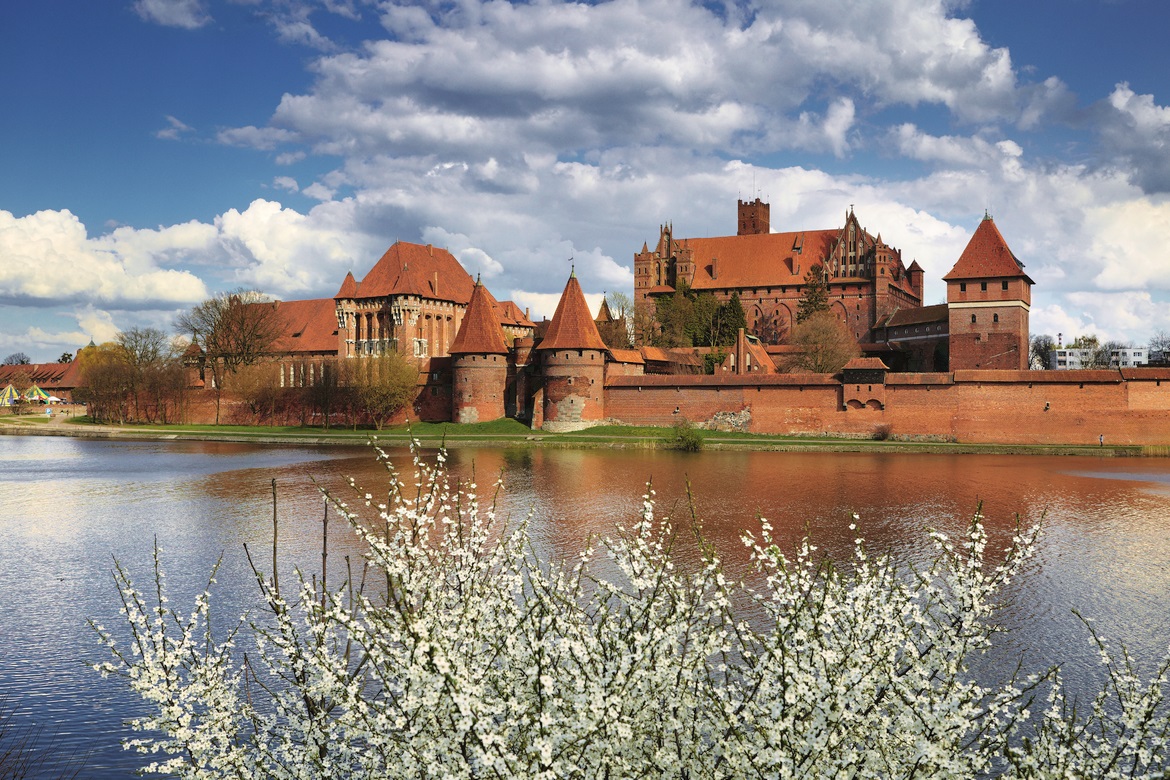
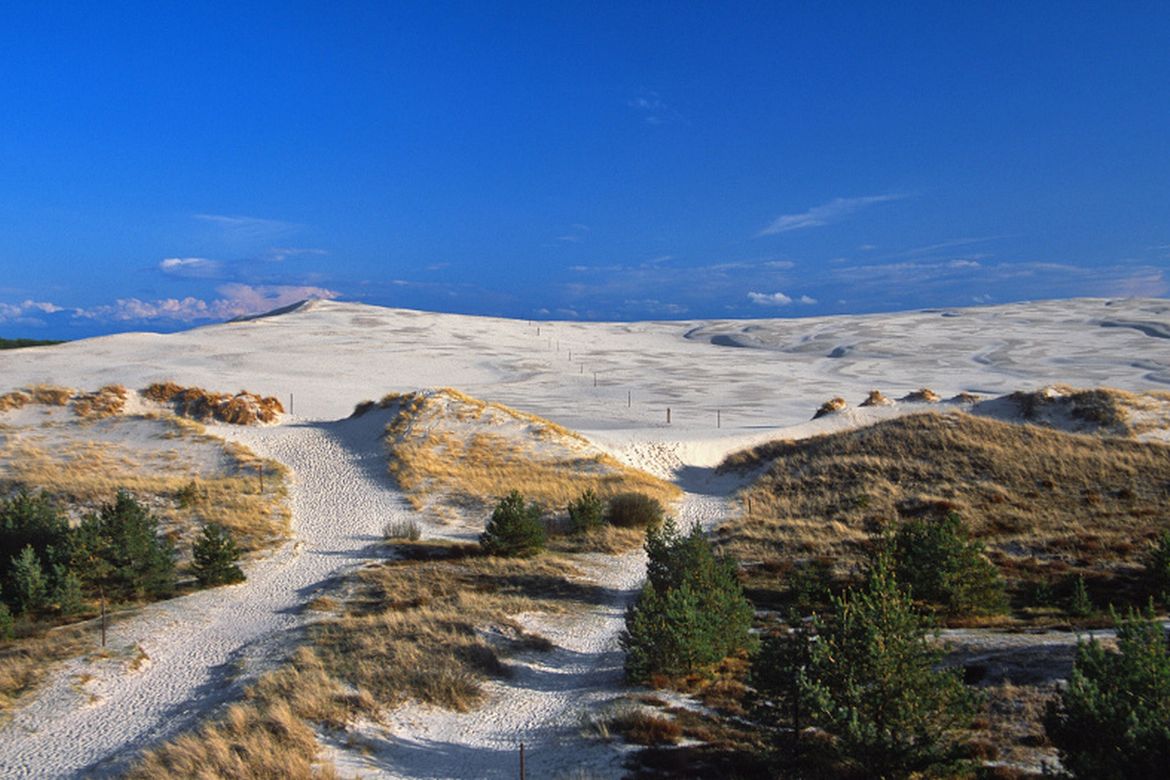
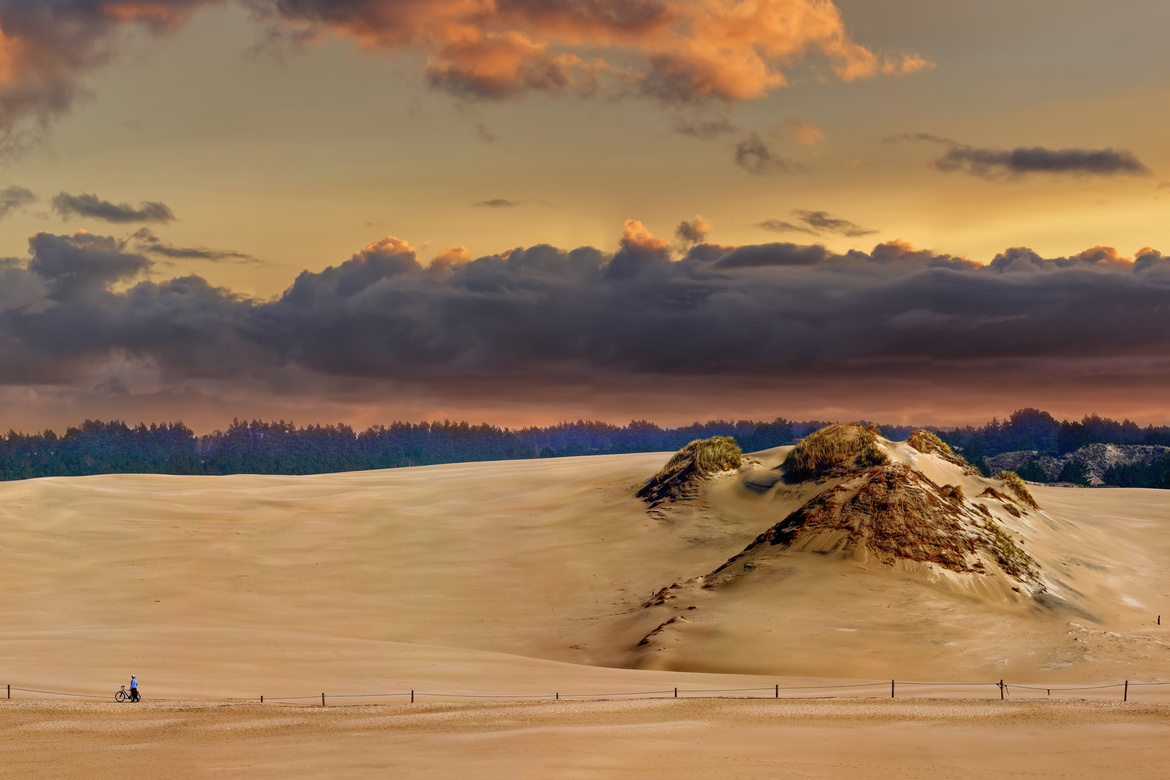
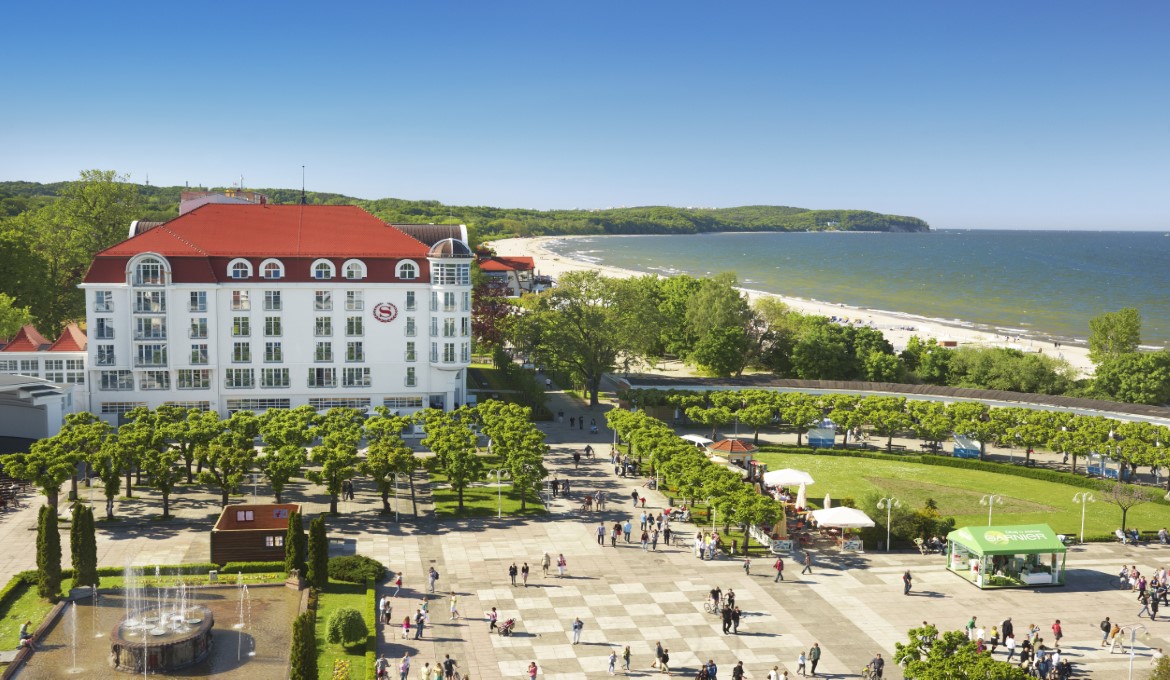
Most Valuable in the World
Not everyone knows that one copy of the world’s oldest printed book is housed at the Diocesan Museum in Pelplin. It is the 15th-century “Gutenberg Bible”, a complete edition of the Scriptures, printed in Mainz by publisher Johannes Gutenberg. Next to the Codex Leicester of Leonardo da Vinci and the Gospels of Henry the Lion, it is one of the most expensive books in the world. Just 48 copies of the original 200 survive, and one of them is in Poland. The Cistercian Fair in Pelplin takes you back to the times when the cathedral basilica, one of the largest churches in Poland, was built.
The only such extensive exhibition of works by Stanisław Ignacy Witkiewicz, in Poland or the world, is on display at the White Granary in Słupsk. The exhibition featuring hundreds of paintings, etchings, sketches, photographs, letters and first editions of books is housed in a building that is one of the most valuable historical industrial buildings in the city. The White Granary is part of the Museum of Central Pomerania complex in Słupsk, the main building being the Castle of Pomeranian Dukes which boasts collections of early regional art and the annual Polish Piano Festival in the Knights’ Room. An ethnographic exhibition at the Castle Mill, another division of the museum, uses numerous household utensils as well as crafts and folklore to show what people lived in Pomerania throughout history, and what changed after settlers arrived in the Recovered Territories after World War II.
In the Desert
Driven by the wind, the over 40m dunes on Łebska Spit between the sea and Lake Łebsko move at a speed of a few metres per year. You can see them on the tourist route at Słowiński National Park, a UNESCO World Biosphere Reserve. The route around Czołpino Dune with truly desert landscapes, “dancing” pines and a lighthouse is another attraction. The park also features the open-air Museum of the Slovincian Village in Kluki, where the life of the Slovincian people has been recreated in several homesteads. The Crafts and Technology Days held here offer an opportunity to try your hand at stitching fishing nets, whittling horseshoes called klumps, churning butter or making pottery. Peat-cutting shows are part of the Black Wedding event.
Tuchola Forest National Park is the largest of the 10 UNESCO Biosphere Reserves in Poland. It has many pedestrian and bike routes as well as educational paths running along rivers, lakes and across peat bogs in the Brda and Wda river basin. Canoeing to the accompaniment of birdsong is an unforgettable experience.
Other Options
It’s well worth exploring places linked to the Amber Road, especially Gdańsk – the world’s amber capital – and Pruszcz Gdański with its reconstructed trading post and international amber route from Roman times. Gniew Castle, once a stronghold of the Teutonic Order, offers encounters with ghosts and historical re-enactments such as the Vivat Vasa Battle of Two Vasas 1626 event. In Kwidzyn you should visit the Crypt of Teutonic Grand Masters at St. John’s Cathedral.
Hel Peninsula is great for sunbathing, taking part in D-Day Hel and taking a biking route along the Baltic.

